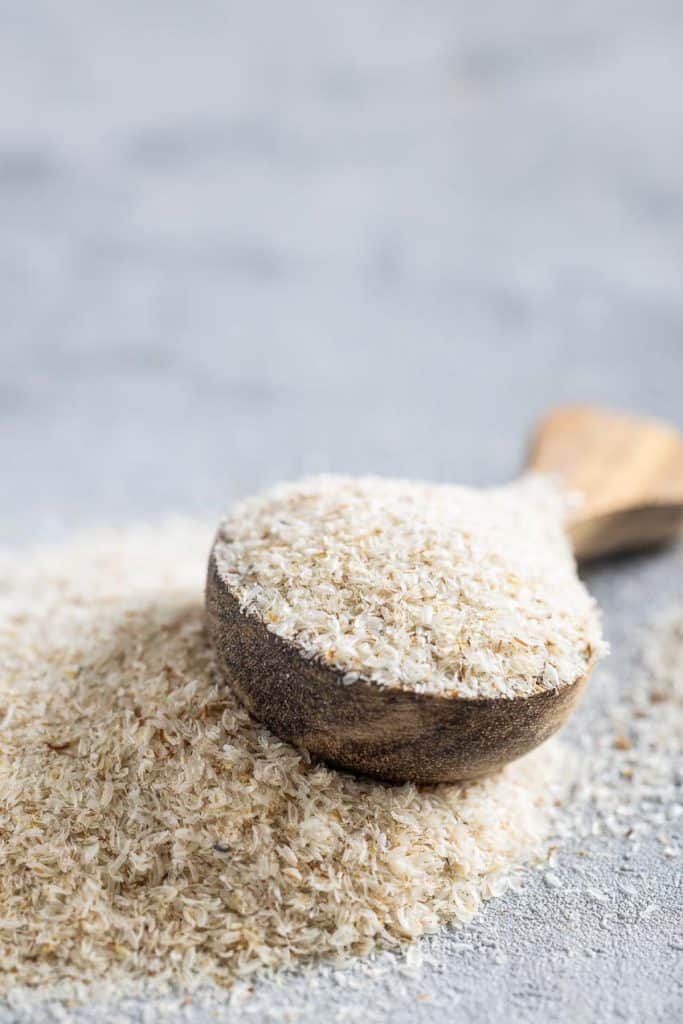If you’ve ever been on a low-carb diet, you’ve probably come across the term psyllium fiber or psyllium husks. I picked up one of those containers at the time and it’s still sitting in the cupboard unused. Time to look into it before I might start incorporating it into my food.

What is psyllium fiber?
Psyllium is the name of a fiber that comes from the seeds of the Indian psyllium plant. They are also known as flaxseed or psyllium husk. Psyllium fibers are made from the outer coating of the seeds. These husks consist mainly of soluble fibers. The so called fermentable fibers.
How does that actually work?
Psyllium fibers bind with the moisture in your digestive tract, making the intestinal contents softer and giving you better digestion. The fibers can hold up to 20 times their own weight in water. So in the intestines, they cause your stool to become softer and make going to the toilet a lot easier. The gel on its way through your intestines takes with it all the excess debris from your intestinal folds, cleansing them naturally. A bloated belly due to gas or constipation is also said to be reduced by the use of psyllium fibers.

Also pleasant
Besides ensuring good intestinal flora, psyllium fibers have a good effect on your blood sugar levels. Because of the fiber intake, you have fewer spikes in your blood sugar and thus less need for sweets after you eat. Something we all suffer from from time to time and which is especially frustrating if you want to lose weight. In the long run your glucose regulation will improve. Something that is vitally important in preventing diabetes. In addition, they also help lower your cholesterol levels.
How do you take psyllium fiber?
You can take the psyllium fiber in water. In the morning, take one level tablespoon of fiber and stir it into a glass of water. Drink it quickly because otherwise it will thicken quickly and become hard to drink. In addition, you should drink enough water when you’re using psyllium fiber, preferably one and a half to two liters, for extra good effect. Can’t stomach the water with the fiber? Then you can also stir it into a smoothie or yogurt. In addition to powdered psyllium fiber, capsules are also available.
A quick test
Since I still had an untouched container of psyllium fiber sitting around anyway, I thought it would be good to run a test with it right away. I put a spoonful of fiber in a glass of water and watched what happened. It turns out like wallpaper paste and tastes about the same. So it’s important to drink it right away. I didn’t get the whole glass down and drinking enough water after this glass was really no trouble because you do want to get rid of this taste. Tomorrow maybe something flavored after all. And then hope for a good effect for my bowels.
Recipes with psyllium fiber
In case you really can’t get rid of the psyllium fibers with water, you can also use them in different recipes. As I wrote, they are often used in low-carb or gluten-free diets. When eating low-carb, you should always eat enough vegetables to get your fiber in, but adding some psyllium to your daily routine is never a bad choice. To get to the desired 30-40 grams for an adult, it is smart to add psyllium fiber. When making bread substitutes like this banana bread, they reproduce the texture, which normally comes from the gluten, of real bread, and you have the added bonus of extra fiber.


